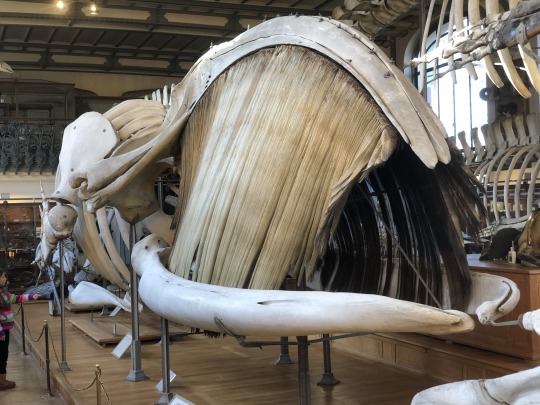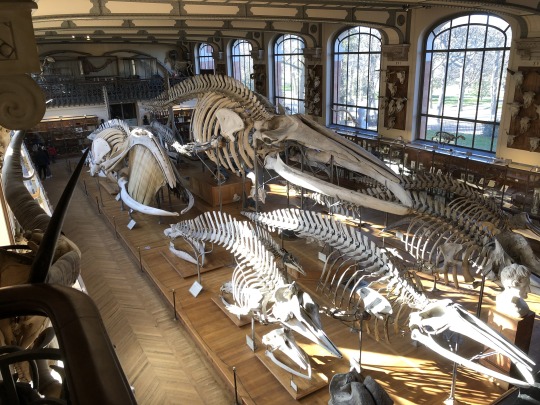Text
It's a little fucked up that the past literally only persists in the form of its traceable effects upon the exact present moment. You would think that surely at least some little bits of the past that can't be deduced from the present state of things would nonetheless still be hanging around in some vague ghostly form, but nope! Completely gone forever! And yet however meanwhile, the present is so very rich in evidence of the past that you would think there's barely any room left for all the proper Now stuff. But somehow it all hangs together.
2K notes
·
View notes
Text
“Love is not a category of relationships. Nor is it something ‘out there’ that you can fall into, or — years later — out of,” explains Barbara Fredrickson, PhD, in her book Love 2.0. “Love blossoms virtually anytime two or more people — even strangers — connect over a shared positive emotion.” Fredrickson, who teaches in the psychology department at the University of North Carolina, Chapel Hill, calls these moments of connection “positivity resonance.” This expansive, science-based approach to love offers us many chances to experience it in the course of a single day. While it’s not easy to set aside the Western idea that true love must be exclusive, lasting, and intimate, we have a lot to gain by letting it go. That 90-second conversation you had with the stranger this morning while walking your dog? If there was eye contact, a sense of connection, and mutual respect — that’s love. Whenever we exchange smiles or friendly gestures with strangers, or take a little extra time to have warm exchanges with people we see every day, those “micro-moments of positivity” change us at the biological level. Princeton University neuroscientist Uri Hasson, PhD, a pioneer in neural mirroring (also known as “brain coupling”), examined brain scans of subjects in conversation. What he found was surprising, Fredrickson writes. “Far from being isolated to one or two brain areas, really clicking with someone else appears to be a whole brain dance in a fully mirrored room.” In good communication, she continues, “two individuals come to feel a single, shared emotion … distributed across their two brains.” The vagus nerve is also involved in forging personal connections. It stimulates the facial muscles necessary for making eye contact and synchronizing our expressions with others; it even helps the tiny muscles in the inner ear better track another voice amid background noise. We appear to be programmed to harmonize with fellow humans. Micro-moments of positivity resonance also improve our health, she notes. “People who experience more caring connections with others have fewer colds and lower blood pressure, and they less often succumb to heart disease and stroke, diabetes, Alzheimer’s disease, and some cancers.” When our hearts are open, love happens. All day.”
— Jessie Sholl, Love is Everywhere
7K notes
·
View notes
Text

Rosioire aka Rosío Airén aka Rosio Irene aka Irenkcho (No Info) - Untitled, Drawings: Traditional Arts
1K notes
·
View notes
Text





Whales! I know this is kicking in an open door but folks, they are really fucking big
9K notes
·
View notes
Text
weird that it takes living a life to learn how to live a life
571 notes
·
View notes
Text
they're saying it's going to be a virginia woolf summer
1 note
·
View note
Text
THINGS TO TAKE:
Your time
A nap
A walk
The compliment
Your energy where it’s valued
Deep breaths
Your power back
Your inner child by the hand
Nothing personally
A chance on yourself
It one day at a time
Up space
6K notes
·
View notes
Photo

Virginia Woolf in a letter to Vita Sackville-West, 1927
3K notes
·
View notes
Text
i will raise my children traditionally
the oldest will have a ruinous military career and develop a tendency to recklessness, alcoholism and anger management issues the middle one will be a brilliant student with strong atheist inclinations and casual demonic hallucinations the youngest will be an angel prone to hysteria turned tsaricide by circumstances
65K notes
·
View notes
Text
They’re saying it’s gonna be a Paul Simon summer
589 notes
·
View notes





















